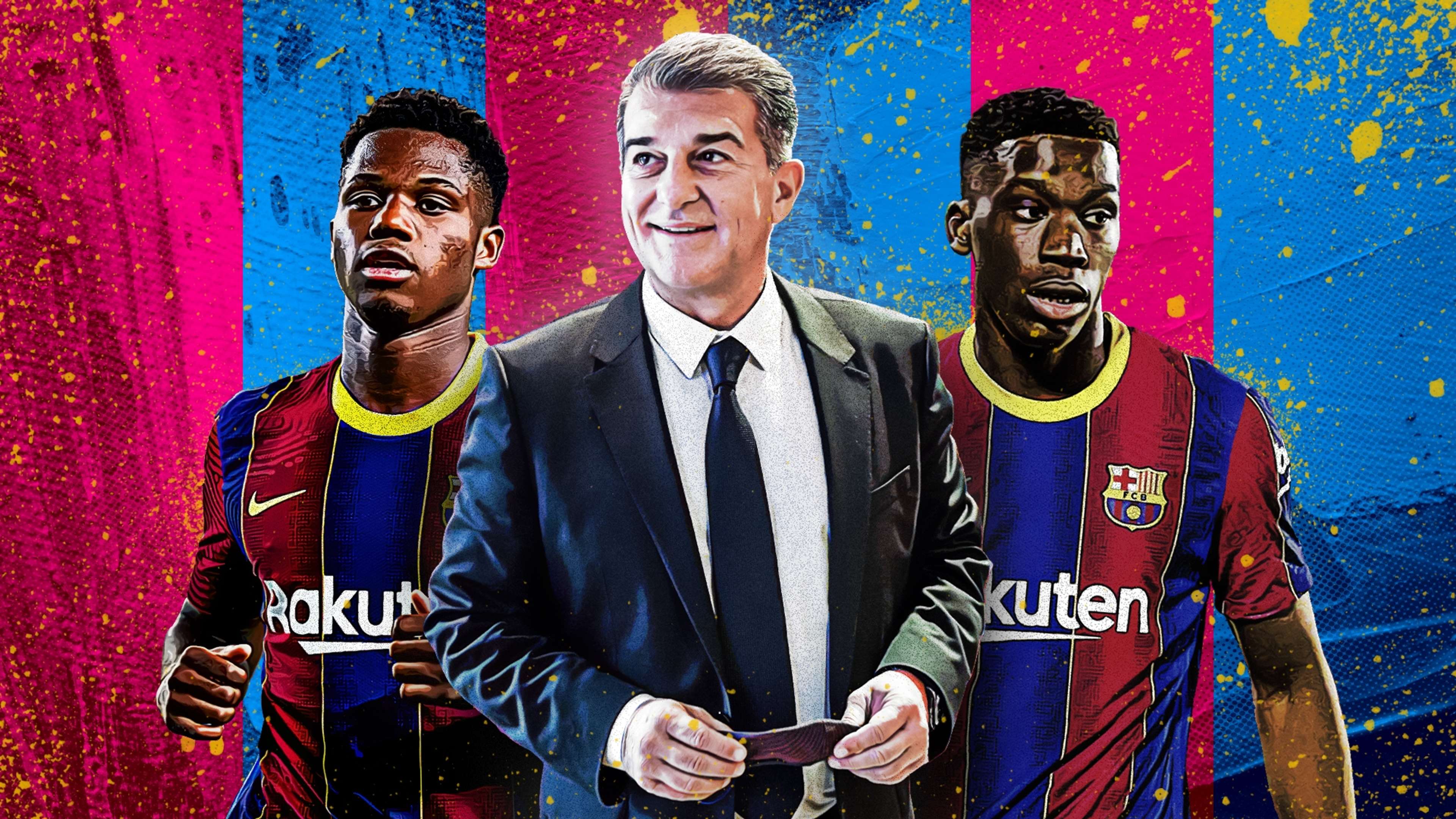Ilaix Moriba could not quite believe what had just happened.
The 18-year-old had scored his first professional goal for Barcelona with his weaker left foot and then had Lionel Messi jump into his arms to congratulate him.
"I will never forget this," a visibly stunned Moriba told Barca TV after a 2-0 win at Osasuna on March 6. "I will take it to my grave!"
This was not just a special moment for Moriba, though; it was massive for Barcelona too.
Moriba and Messi's joyous embrace symbolised the Blaugrana's past, present and future; a visceral expression of a club united once again by La Masia.
It was a reminder of what Barcelona used to be. And what they can be again.
Just 24 hours after Moriba's wonderfully symbolic strike in Pamplona, Joan Laporta was elected Barcelona president for a second time, having previously held the position between 2003 and 2010.
He had won by promising to restore the club's traditional values after a decade of decadence in which its reputation had been ruined, every aspect of its ethos corrupted.
A non-profit shirt sponsorship agreement with UNICEF (the United Nations agency responsible for providing humanitarian and developmental aid to children worldwide) was effectively replaced by a €150 million (£130m/$180m) deal with the Qatar Foundation.
Neymar's infamous transfer from Santos, meanwhile, led to legal action and the resignation of Sandro Rosell as president, in 2014. Later that year, Barca were hit with a transfer ban relating to the movement of under-age players.
The controversy only increased under Rosell's successor, Josep Maria Bartomeu, who was eventually forced out himself last year and then arrested during investigations into 'Barcagate', a scandal involving a PR company allegedly hired to criticise players and coaches – past and present – on social media platforms.
The whole affair perfectly encapsulated the self-inflicted nature of Barca's moral and financial decay; this was a club eating itself whole.
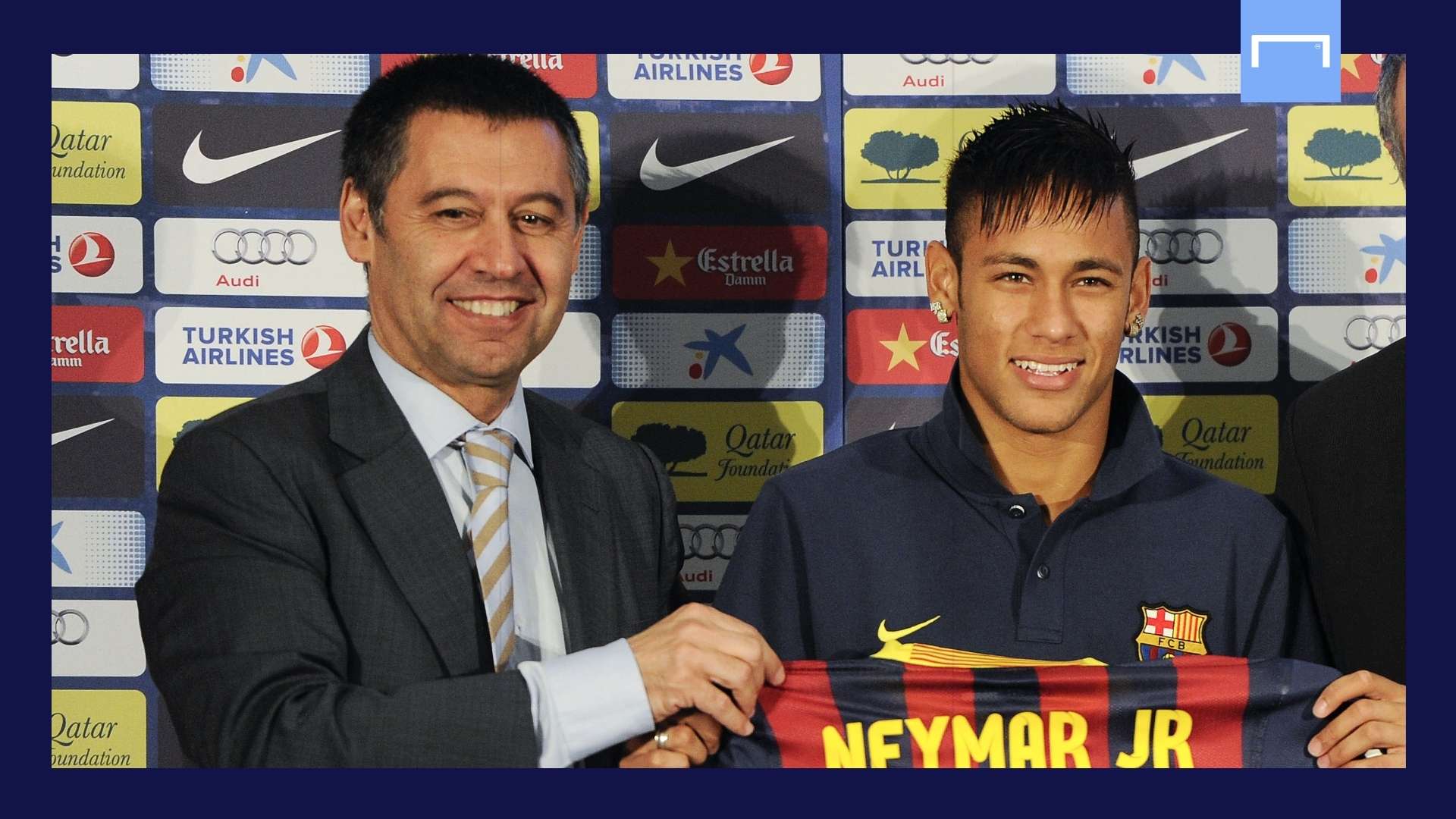 Getty/Goal
Getty/Goal
Laporta has now vowed to go back to basics. As he told Goal while on the campaign trail, the key principles of his second tenure would be the same as his first: "Cruyff, La Masia, Catalunya, UNICEF and a professional organisation".
Championing the youth academy played a particularly pivotal role in what was a landslide victory. Of course, there is an element of necessity involved.
Barcelona simply no longer have the money to spend big in the transfer market, after being left on the verge of bankruptcy by the fecklessness of Bartomeu, who wasted approximately €400m (£340m/$480m) on the three most expensive players in the club's history: Philippe Coutinho, Ousmane Dembele and Antoine Griezmann.
Relying on La Masia is, therefore, essential. But Laporta would have made the cantera ('quarry') an integral part of his plans regardless.
Remember, it was he who appointed Pep Guardiola as coach in 2008 – one of the most significant decisions ever made at Camp Nou.
The B team boss was just 37 at the time and had no prior experience of coaching at the highest level. Crucially, though, he personified the club's ethos. He was the poster boy for La Masia, its first success story.
Guardiola was moulded by an academy that embraced the teachings of Johan Cruyff, who had first brought the principles of 'Total Football' to Camp Nou as a player in the 1970s.
When the Dutchman returned as first-team coach, in 1988, he was almost immediately confronted with the personification of his footballing philosophy.
According to Morbo: The story of Spanish football, Cruyff turned up unannounced for a B team game during his first week back at the club and was struck by the flawless technique and unflappable demeanour of a 17-year-old playing on the right side of midfield.
He asked his name. "Guardiola," replied coach Charly Rexach, "a good lad." Cruyff promptly requested that the youngster be immediately moved to a position in front of the defence.
Just two years later, Guardiola would become the pivot in Cruyff's 'Dream Team'.
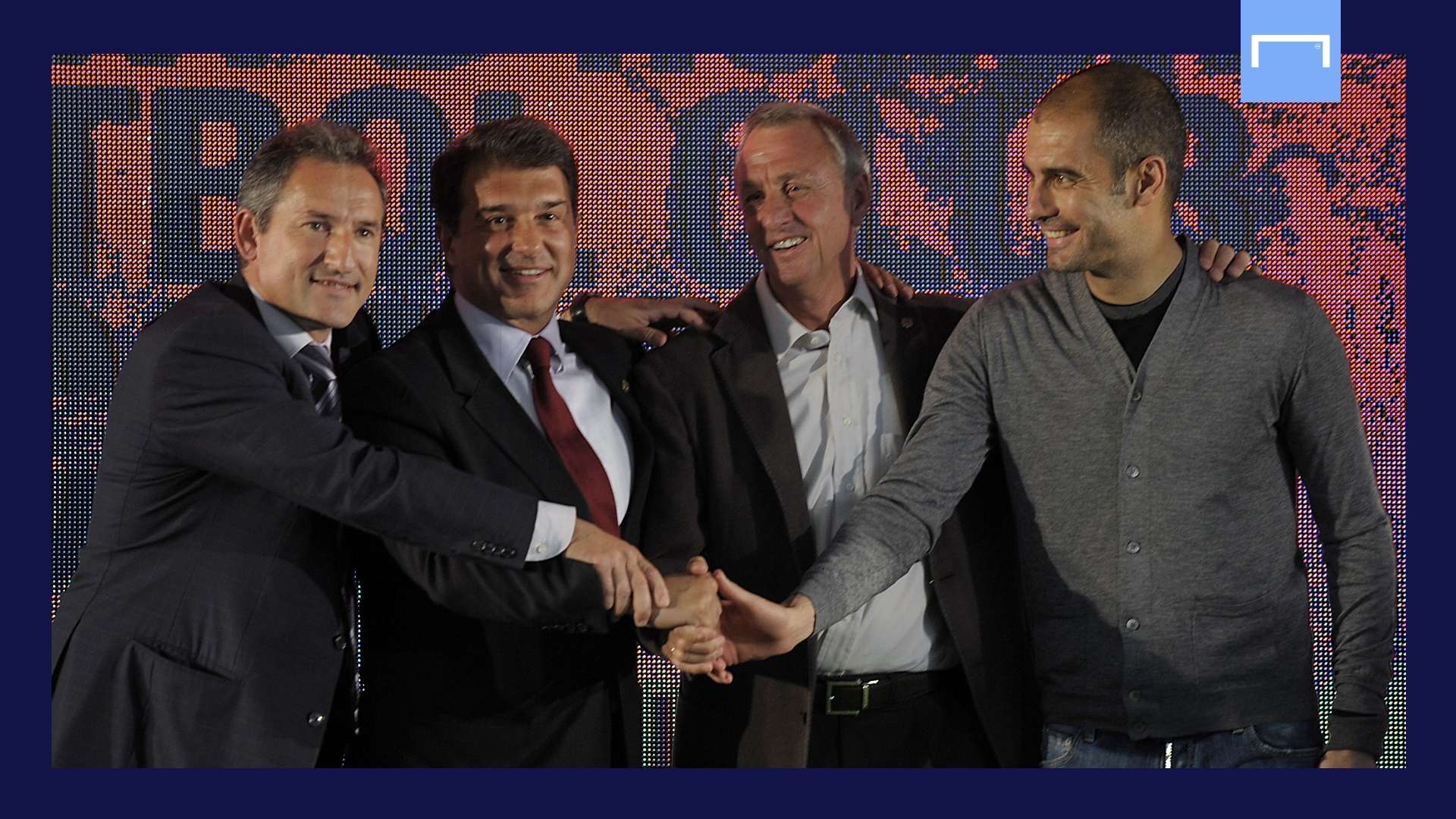 Getty/Goal
Getty/Goal
Guardiola did likewise with Sergio Busquets when he took over two decades later, as he set about offloading expensive stars and building a team around academy products. The net result was arguably the greatest and most influential club side the game has ever seen.
In January 2011, Lionel Messi, Andres Iniesta and Xavi finished first, second and third in the Ballon d'Or voting. It remains the only time in history that all three podium places went to players from the same youth academy.
The following year, in a game at Levante, Guardiola's successor, and former right-hand man both for the B team and senior side, Tito Vilanova put 11 players from La Masia on the pitch at the one time.
Vilanova, though, was forced to resign in the summer of 2013 for health reasons and, in April 2014, passed away at just 45 years of age. His death devastated everyone connected with the club. It also had a dreadful effect on La Masia.
Bartomeu and the coaches he subsequently employed failed to attach anything like the same importance to the club's cantera, and its influence waned.
When Messi joined Barca as a 13-year-old, his team-mates nicknamed him 'Dwarf'. "I was 1.70 metres tall at the age of 12," former academy player Roger Gribet told Goal. "But he wasn't even 1.50m!"
During that time, Barca were more interested in a player's technique than his physique. However, their priorities changed during Bartomeu's reign.
"The club's idea is different to what it was before," a former member of the coaching staff at La Masia told Goal in 2017. "What you hear in the trials at La Masia now is 'What a shame! He's so small.' These days they look for strong players, not talented ones.
"We taught players to compete, to respect fair play and, finally, to win. Cruyff always asked how we had played. He never asked about the result.
"But Barca B play to win and they do so with footballers who aren't at the age of players in development, and that is effectively cheating the youngsters."
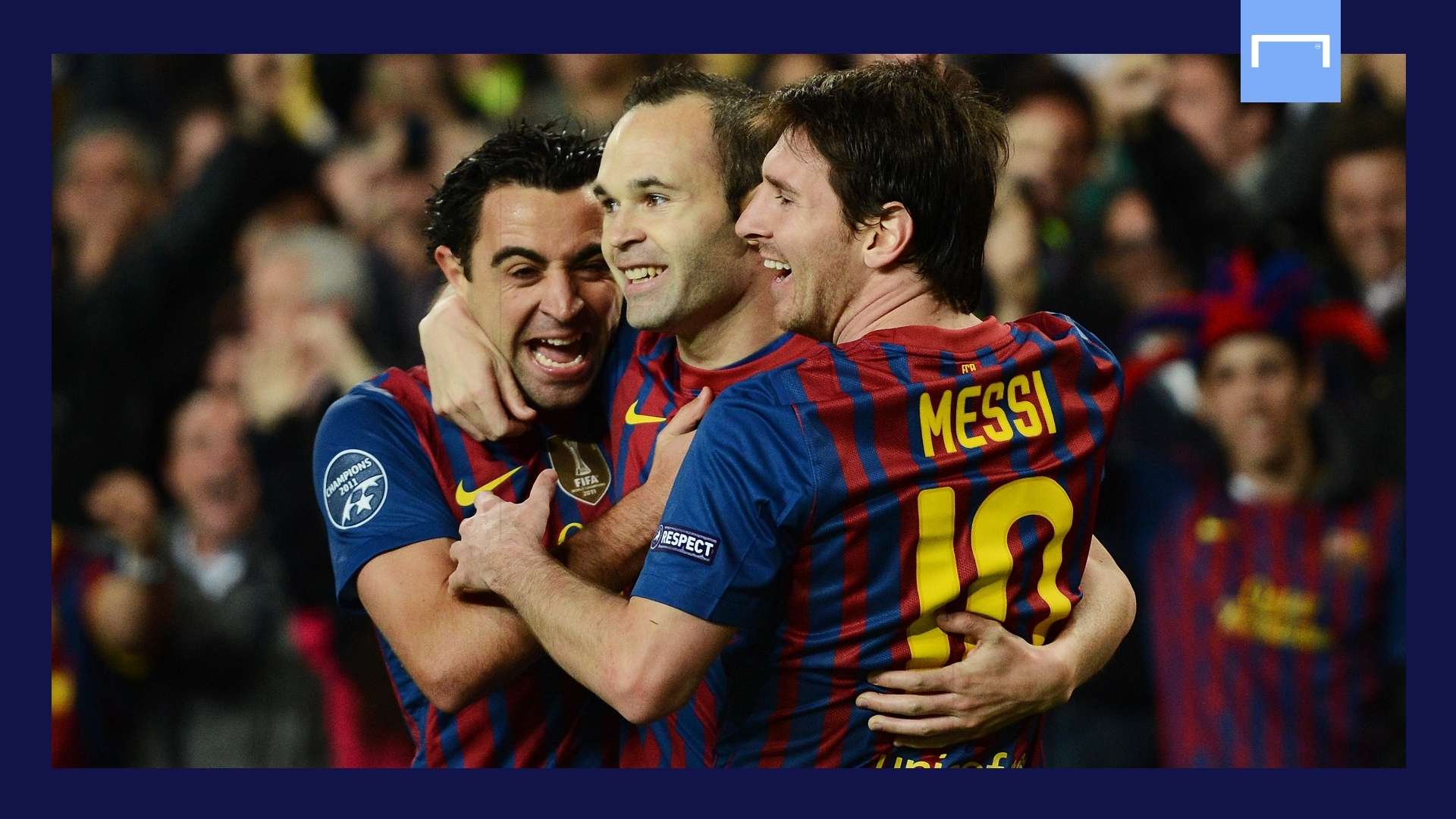 Getty/Goal
Getty/Goal
No wonder, then, that the club began to lose academy players at a remarkable rate. Of course, the exodus was partly due to the promise of bigger contracts and more game time on offer in the Premier League, which had long been a problem for La Masia.
Gerard Pique and Cesc Fabregas were lured away from La Masia as youngsters but eventually returned to Barcelona. However, players began to depart with greater frequency during the last decade. Sergio Canos, for example, left in 2013 for Liverpool, aged 16.
He knew that he was at the "best academy in football" but he found the promise of an easier path to the top impossible to resist.
"Two years before [I left], Hector Bellerin and Jon Toral went to Arsenal,” he told Goal. "They are two years older than me but we used to be together in La Masia, so we were friends.
"Seeing them go, it was like 'Wow!' It’s proper football, you know? If you go to Arsenal or Liverpool, you don’t have to play in the U17s, 18s, 19s and then maybe Barca B, then maybe the first team.
"It [the pathway] is too long [at Barcelona]. Unless you are amazing and score three goals every weekend, it's too long."
It only got longer as Barca came to view the academy as a way of generating money from the sale of promising players, rather than producing potential superstars for the first team.
When Carles Perez was sold for Roma in 2020, he told Mundo Deportivo, "They talk a lot about the cantera at Barca but, in the end, they do the opposite."
The net result was an unprecedented talent drain, with some youngsters lost (Xavi Simons), and others given away (Adama Traore).
The nadir arrived on April 17, 2018, when Barcelona fielded a starting 11 without a single La Masia player for the first time in 16 years.
Barcelona's loss of identity was complete, the message clear: there were no longer first-team opportunities at Camp Nou for the academy's top talents.
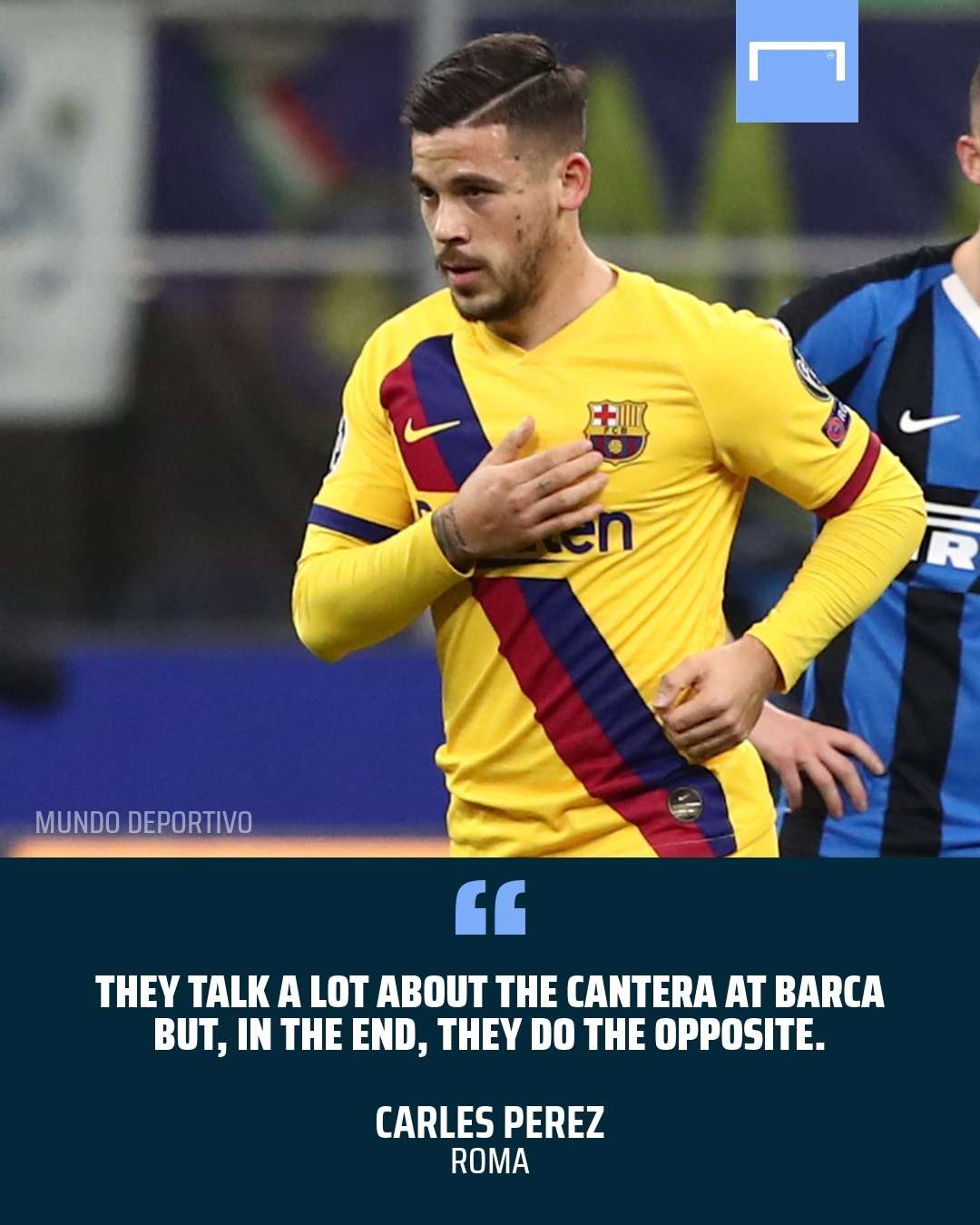 Getty/Goal
Getty/Goal
Bojan Krkic accused the club of "betraying the plan that made us great", while fellow La Masia graduate Gerard Deulofeu said the youth sector had fallen "years behind" those of rival clubs.
Laporta first tried to stop the rot in 2015, but he was easily beaten in the presidential election by the incumbent Bartomeu, who was buoyed by a treble triumph founded upon the attacking genius of Messi, and superstar signings Neymar and Luis Suarez.
Laporta remained defiant, though, convinced that the club needed rescuing.
"I stood despite the treble to show that there was another model for Barca,” he told Goal in 2017. "I wanted to show that there was another model for running the club that did not involve Qatar [sponsorship], that does not destroy La Masia, that doesn’t mean going to the [transfer] market and signing players at any price.
"I wanted to show that there's a club that can have UNICEF on its shirt, that can be based on the system of play that was invented by Johan Cruyff, that strengthens La Masia.
"That is the model of the club that we built and that this lot (Bartomeu's board) are destroying.
"They have taken advantage of the great players in the first team at Barca, but they haven’t worked at bringing through the next batch. Apart from Sergi Roberto, who came from our time really, they haven’t brought through one player.
"The opposite: they have sold players and some have ended up leaving. And for our model, that is very worrying.
"We need to bring through players with talent. And there is talent at youth level at Barca. There is."
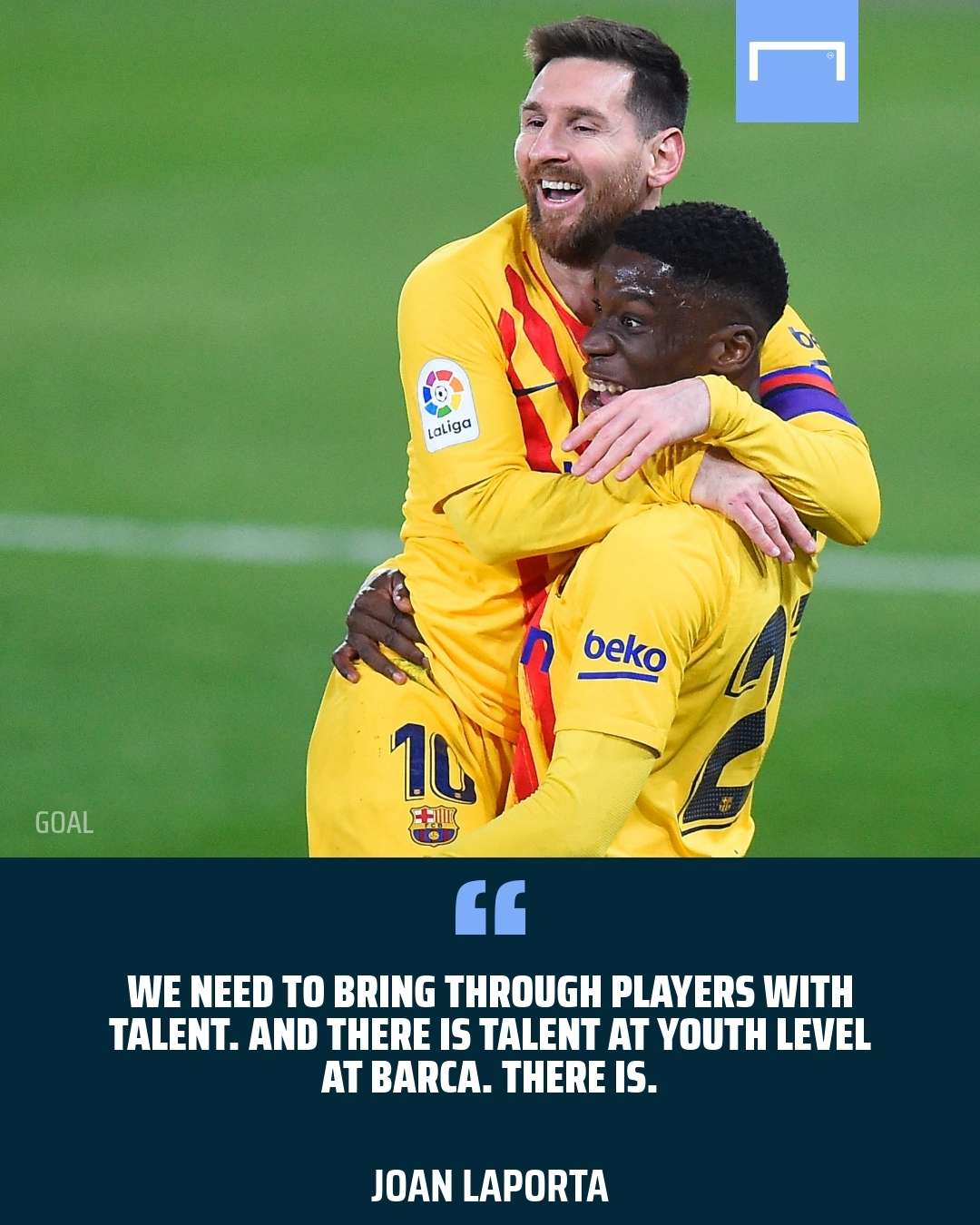 Getty/Goal
Getty/Goal
He was not wrong. Despite the drastic policy shift at boardroom level and La Masia, Barca did indeed have several gifted players on their books; they just needed patience and opportunities.
Ansu Fati proved that spectacularly. The lightning-quick forward exploded onto the scene in August 2019, becoming the youngest La Liga goalscorer in Barcelona history, at 16 years and 304 days old.
He continued to break records in 2020 before his remarkable and rapid progress was checked by a knee injury last November.
By that point, though, he had already done enough to win this year's NXGN award.
Fati's emergence, along with those of Moriba and Riqui Puig, instilled hope among supporters that a new era of success could be built around homegrown heroes – because more are on the way.
Alex Collado will be promoted to the senior squad next season. He will be joined there sooner or later by Ilias Akhomach, Alejandro Balde, Gavi and Angel Alarcon.
These are genuine rays of light in arguably the darkest period in Barcelona's history.
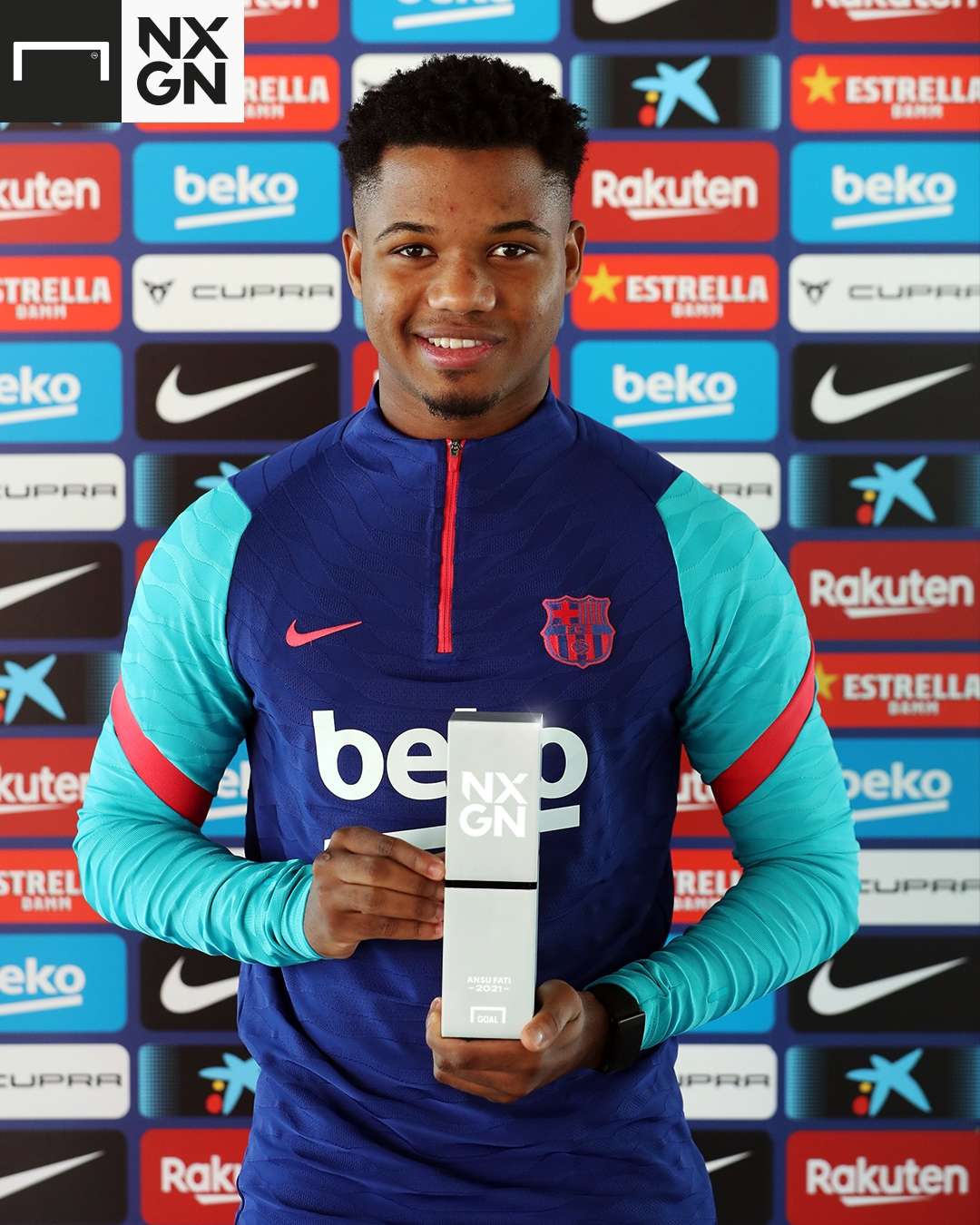 Goal
Goal
The club's bleak financial situation is grave, with an overall debt of €1.2 billion (£1.1bn/$1.5bn). Rectifying it will not be easy. There will be more cost-cutting. Top players will have to be sold.
But necessity is the mother of invention. Or reinvention in Barca's case.
Cruyff always believed that "every disadvantage has its advantage" and the great positive here is that the Catalans' economic problems have made La Masia more important than ever before.
In a bid to build a brighter future, the Catalans must return to their past; to their origins; to their academy.
The sight of Messi and Moriba arm in arm underlined that the link has not been broken. The natural order of things at Barcelona can still be restored.
La Masia can be the cornerstone of the club's reconstruction. With something old, they can build something new, something better.
As Laporta told Goal in January, "The model is the same, but improved."
If it yields anything like the same results, Barcelona will be back on top soon, and with a team full of homegrown heroes, led by Fati and Moriba.
